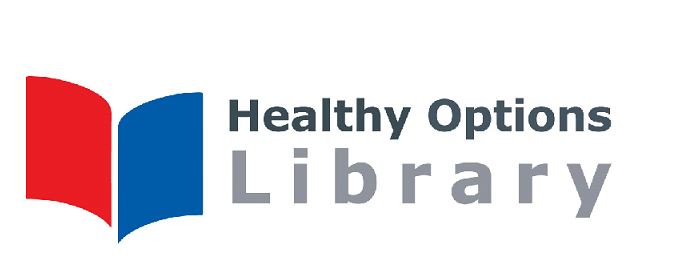Quality Assurance (QA) audits are looming and you may be wondering what quality management is all about and what an audit may look like. Here are some introductory resources that may help explain what QA is, why its important, and how it affects you.
Firstly, here are two items that have been published by the Queensland government. They deal with the Disability Sector Quality System specifically, but all quality systems have common themes that make the information applicable to our situation.
Section 2: An introduction to Quality Management
http://www.communities.qld.gov.au/resources/disability/publication/quality-section-2-intro.pdf
Some key points:
- QA is focused on outcomes
- It's about establishing systems and measuring progress (e.g. policies and procedures are documented, internal audits, reporting systems)
- Continuous improvement of processes and systems are core (e.g. fix-it diary, feedback collection and analysis, evaluations)
- QA should be embedded in the organisational culture and advocated by management (e.g. everyone uses the appropriate policies and procedures - we do what we say we do, everyone identifies opportunities for improvement, top level management supports, enforces and is accountable for maintaining quality standards)
Section 3: Implementing the Quality System
http://www.communities.qld.gov.au/resources/disability/publication/quality-section-3-implementing-process.pdf
A good introduction about what goes into implementing quality systems; worth a read if you'd like to get your head around the "how" of quality assurance
If you're interested in the specific standards that the organisation is audited against (ISO9001:2008)
Wikipedia had a nice overview article here:
http://en.wikipedia.org/wiki/ISO_9000
Note the points in the auditing section:
- Quality audit asks: Tell me what you do? Tell me where it says that? (documented procedures) Prove to me you do that (show me a file, report etc. that demonstrates you use the procedure)
- The 9001 standard is also about identifying the most effective way to do something. Will this way of doing it (the documented way) get you to meet your outcomes? Have you tried to improve this process/ documented ways to improve this process (e.g. used the fix-it diary)? What happened when you tried to improve it?
- Essentially, policies and procedures are followed. If they are not effective, steps are taken to improve them. An individual worker or work team wouldn't stop using a policy or procedure if it didn't work for them, they would pass on suggestions so the whole organisation could benefit.
Factors that influence the effectiveness of ISO9001
1) Senior management commitment to monitor, control and improve quality
2) Integration of ISO and current practice
3) How well the system focuses on improving customer (client) experience
4) How well auditors and others in the organisation identify and communicate areas for improvement
Additional reading:
Sousa-Poza, A., Altinkilinc, M., & Searcy, C. (2009). Implementing a functional ISO9001 quality management system in small and medium sized enterprises.
International Journal of Engineering, 3(3), 220-228.
http://tinyurl.com/k95xfk3
This item steps through the process of implementing QA and emphasizes the point that it won't be effective without management commitment and employee involvement.
Many thanks to Bronwyn and Sarah (now gone!) for their amazing work in QA!


